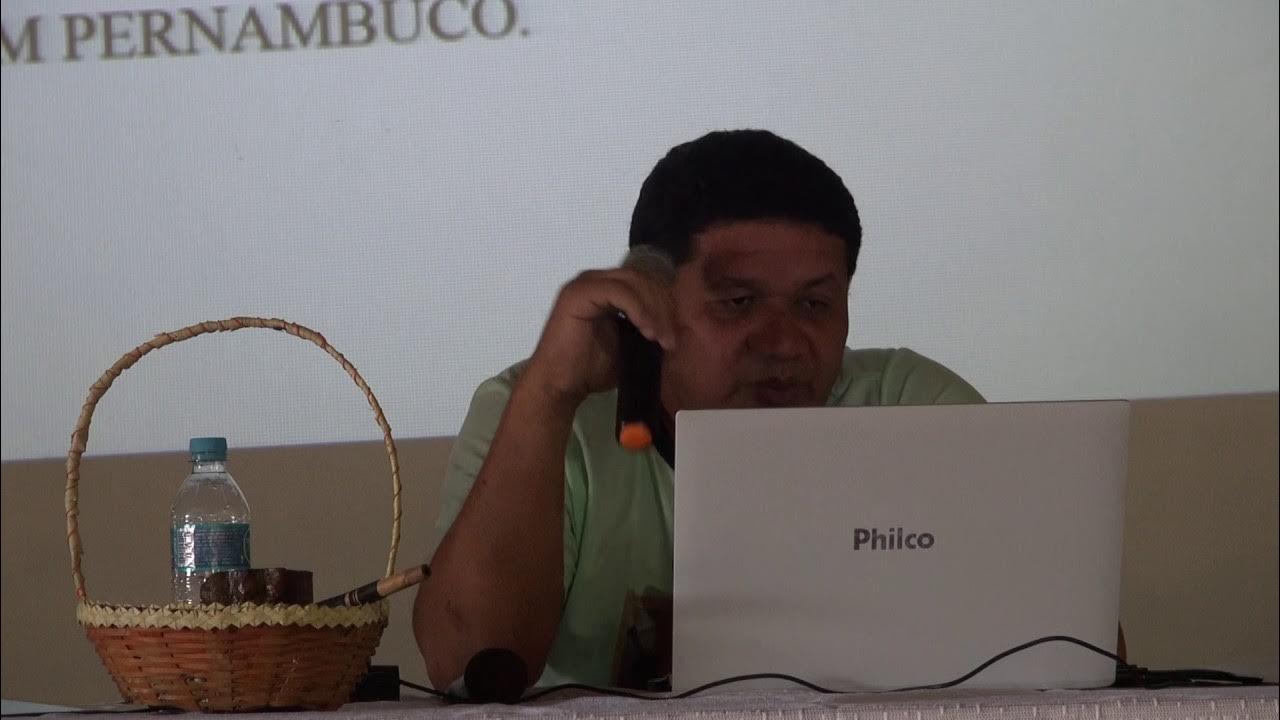VIDEOAULA - SER CRIANÇA NO BRASIL: DESAFIOS E CONQUISTAS
Summary
TLDRThis video script explores the historical evolution of childhood concepts in Brazil, highlighting the challenges and achievements in child development and education. It covers significant milestones such as the 1988 Constitution, which recognized children’s rights, the Statute of the Child and Adolescent (ECA), and the progression of laws and policies shaping early childhood education. The script emphasizes the importance of play and learning in the development of children, particularly in the context of Brazil’s legal framework, and concludes with the implementation of the National Common Curricular Base (BNCC), ensuring the comprehensive education of children from zero to six years old.
Takeaways
- 😀 The concept of childhood and early childhood education has evolved over time, influenced by historical, cultural, and societal changes.
- 😀 Children's perceptions and treatment have varied throughout history, from being seen as mini-adults in the Middle Ages to being recognized as individuals with specific needs today.
- 😀 Childhood, as a social and legal construct, has developed with each era's model of civility and culture.
- 😀 The 1988 Brazilian Federal Constitution was a major milestone in recognizing the rights of children and adolescents, marking a shift in how children were viewed legally.
- 😀 The history of childhood in Brazil was delayed due to the country's colonial legacy, which involved exploiting children for labor, particularly during slavery.
- 😀 Brazil's Federal Constitution emphasized the state's and family's responsibility in ensuring children's rights, including life, health, culture, dignity, and protection from exploitation.
- 😀 International milestones, such as the UN's 1989 Convention on the Rights of the Child, further solidified the importance of recognizing children's rights globally.
- 😀 The Statute of the Child and Adolescent (ECA), established in 1990, brought a more comprehensive legal framework to protect children's rights in Brazil.
- 😀 The inclusion of early childhood education as part of basic education in the 1996 Law of Guidelines and Bases (LDB) established it as a right and responsibility of the state and family.
- 😀 The development of national curricular guidelines and the National Common Curricular Base (BNCC) ensured that early childhood education was standardized and prioritized in Brazil, outlining specific objectives for children's development.
Q & A
What is the historical context of childhood conceptions in Brazil?
-The concept of childhood in Brazil has evolved over time. Initially, children were seen as mini-adults, especially during the Middle Ages. This historical construction is linked to each era's model of civility, with childhood perceived differently in various cultures.
How did the Middle Ages view children, and how was this reflected in their treatment?
-In the Middle Ages, children were seen as mini-adults, with no distinction between the world of adults and children. Children often wore adult-like clothing and were involved in labor, which was considered normal for their age, often resulting in exploitation and accidents.
How does the 1988 Federal Constitution in Brazil mark a significant milestone in children's rights?
-The 1988 Federal Constitution in Brazil was pivotal in recognizing childhood as a protected stage of life. It guaranteed children and adolescents the right to life, health, dignity, education, and freedom, marking a formal legal commitment to children's rights.
What impact did colonization have on children's schooling policies in Brazil?
-Colonization in Brazil contributed to delayed schooling policies for children. The colonial legacy disregarded childhood by treating children as laborers, which impeded the development of educational systems compared to European countries.
What is the Statute of the Child and Adolescent (ECA) and why is it important?
-The Statute of the Child and Adolescent (ECA), established by Law 8.069 in 1990, is a comprehensive legal framework that ensures the rights and protections of children and adolescents in Brazil. It addresses issues such as health, education, freedom, and dignity, complementing constitutional rights.
What role did the 1989 UN Convention on the Rights of the Child play in shaping children's rights?
-The 1989 UN Convention on the Rights of the Child was a significant milestone in recognizing childhood rights globally. It emphasized the importance of understanding childhood's unique needs and contributed to the development of children's education and welfare policies.
How did the Law of Guidelines and Bases of Education (LDB) of 1996 affect early childhood education?
-The LDB, enacted in 1996, included early childhood education as part of basic education, which was a major step in formalizing the educational rights of young children in Brazil. It laid the foundation for guaranteeing access to quality education for children from early childhood onwards.
What are the National Curriculum References for Early Childhood Education, and why were they created?
-The National Curriculum References for Early Childhood Education, established in the late 1990s, provided guidance on how to structure early childhood education. They were created to integrate play and education as inseparable components, helping educators focus on both caring and educational aspects of early childhood development.
What role did the National Common Curricular Base (BNCC) play in the education system in Brazil?
-The BNCC, implemented in 2017, is a normative and mandatory document that outlines how educational content should be delivered across all levels of schooling, including early childhood education. It ensures consistency in teaching practices and curriculum development throughout the country.
Why was the 1988 Federal Constitution's emphasis on education significant for children in Brazil?
-The Constitution's emphasis on education, especially in Article 205, was groundbreaking because it recognized education as a right for all and made it a shared duty of the state and families. This marked the first time that children were recognized as subjects with a right to education.
Outlines

هذا القسم متوفر فقط للمشتركين. يرجى الترقية للوصول إلى هذه الميزة.
قم بالترقية الآنMindmap

هذا القسم متوفر فقط للمشتركين. يرجى الترقية للوصول إلى هذه الميزة.
قم بالترقية الآنKeywords

هذا القسم متوفر فقط للمشتركين. يرجى الترقية للوصول إلى هذه الميزة.
قم بالترقية الآنHighlights

هذا القسم متوفر فقط للمشتركين. يرجى الترقية للوصول إلى هذه الميزة.
قم بالترقية الآنTranscripts

هذا القسم متوفر فقط للمشتركين. يرجى الترقية للوصول إلى هذه الميزة.
قم بالترقية الآنتصفح المزيد من مقاطع الفيديو ذات الصلة

Diálogo Sem Fronteira - Sociedade, História e Educação no Brasil - Dermeval Saviani

Fundamentos Históricos, Filosóficos e Sociológicos da Educação - Uma introdução aos fundamentos

DERMEVAL SAVIANI | A pedagogia histórico-crítica

Seguimos educando: ¿Quién cuida nuestros derechos? (Secundaria básica) - Canal Encuentro

Em 1927, o Brasil fixava a maioridade penal em 18 anos

O desafio da educação escolar indígena no Brasil - Prof. Expedito Fulni-ô
5.0 / 5 (0 votes)
